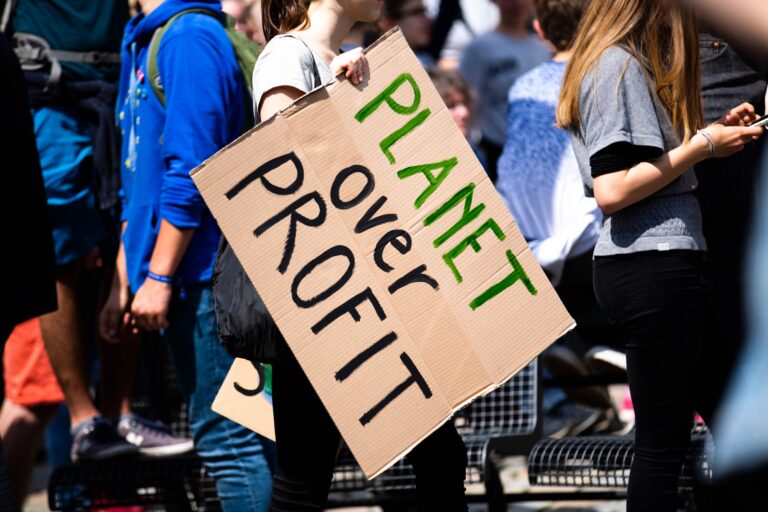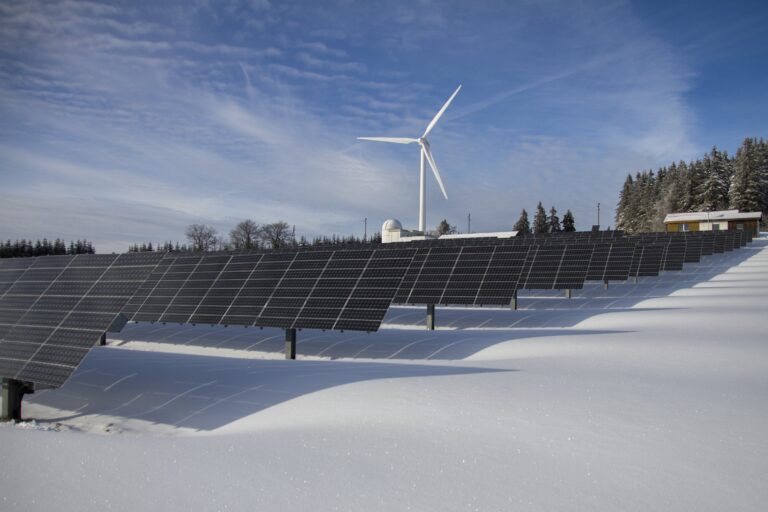In month of historic pivot points, clean energy at crossroads

As the stock market closes out a frustrating March amid talk of bursting AI bubbles and tariff scares, it’s worth pointing out the historical importance of the month of March to modern markets.
This March, in fact this week, marks the 25th anniversary of the dot-com bubble, which exploded in 2000 after five years that saw the S&P 500 triple and the Nasdaq increase eight-fold — to levels they would not see again for almost seven years. I can remember all too vividly sitting in my office at CBS MarketWatch, one of the dot-com success stories, wondering if the decline would last more than three months.
Nine years later, in early March of 2009, I remember equally wondering if the collapse in equities that started in 2007 during the subprime debt crisis (and extended all the way through the failure of Lehman Brothers in the autumn of 2008) was just the beginning of what was already a brutal bear market. That time, it actually ended on March 9, beginning a bull run in the markets that, except for a few blow ups such as Covid in 2020, has continued to this day.
Nobody can predict the markets. Each of the collapses of the past 25 years carried their own characteristics, from lack of revenue and profits in the dot-coms to shaky mortgage derivatives in the Great Financial Crisis of 2008.
But some months, such as September, October, May, and indeed, March, can be more important than others. As the U.S. stock market finishes this week, likely lower for the month, we all ask the same question. Is this the beginning of a Trump-induced implosion and bursting AI bubble, or simply another correction that will right itself in a short time?
For climate investors, two news items this week should stand out. One, a new study by Boston Consulting Group said that the destruction of the climate agenda taking place under President Donald Trump will lead to a 34% decline in global economic output this century. That’s a bear case if I ever heard it.
Second, renewable energy is soaring, having accounted for 90% of new energy capacity in 2024, according to the International Renewable Energy Agency. Private equity and other large investors are eyeing up renewable assets after their stocks have fallen, seeing a potential cheap way into what could be a powerful market rally at some point. That’s a bullish case.
In my 40 years of watching the stock market, the only thing I know for sure is that the Dow Jones Industrial Average surpassed 2000 in 1986 and now stands above 42,000 — despite all the crises. March seems to be a good time to worry about change in short-term direction, but April is just around the corner.
Sponsor
Find a Vetted Financial Advisor
- Finding a fiduciary financial advisor doesn't have to be hard. SmartAsset's free tool matches you with up to 3 financial advisors that serve your area in 5 minutes.
- Each advisor has been vetted by SmartAsset and is held to a fiduciary standard to act in your best interests. Get on the path toward achieving your financial goals!
More from ClimateCrisis 247
- The energy play when the aI shakeout begins
- climate investors and the new drone age
- Climate world turns to London as U.S. retreats
- Why Business shouldn’t cheer EPA gutting






